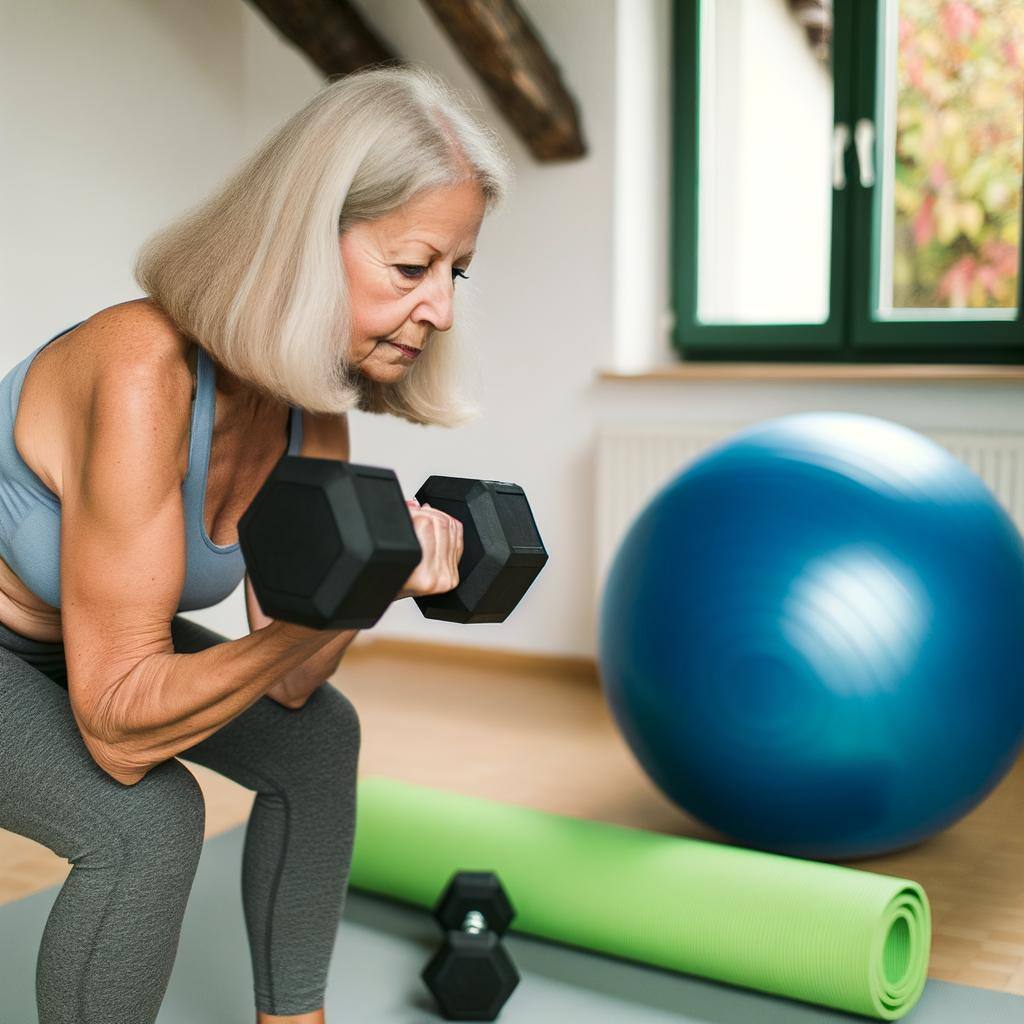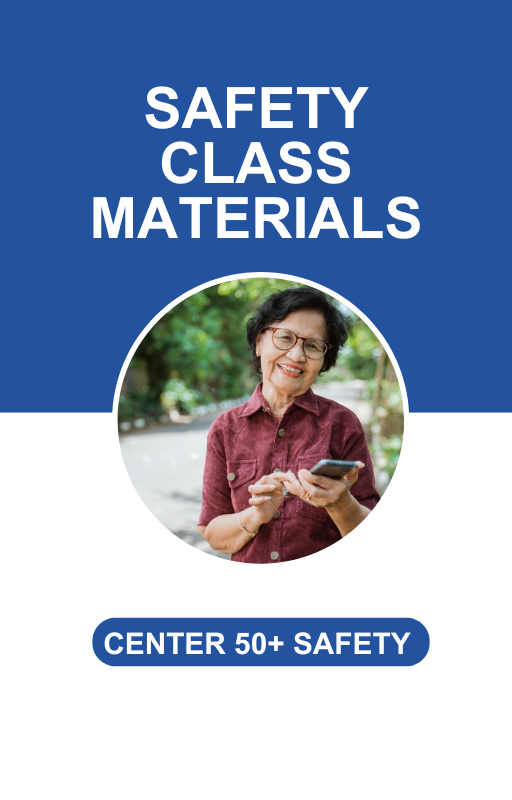Join our community focused on fitness for older adults At Center 50+.
DR. Raj Pusuluri, PT, DPT teaches an orientation class at Center 50+ that focuses on a holistic approach to individual needs. In this class, you will learn how to warm up, what exercises are safe for your condition, at what intensity and resistance you need to workout to gain heart health and musculoskeletal conditioning, what safety measures to take to avoid injury, how to cool down, and more.

Age is Just a Number!
Training for National Senior Games
Center 50+ Older Adults Fitness Orientation Class: Your Gateway to Active and Healthy Aging
Maintaining an active lifestyle as we age is crucial for overall health, mobility, and independence. At Center 50+, our fitness orientation class is designed specifically for older adults, providing guidance on safe and effective exercises, how to use gym equipment, and strategies to manage specific medical conditions. With a gym membership at just $20 per month (often covered by insurance), this program is an affordable way to stay active and healthy.
The Importance of Exercise for Older Adults
Regular physical activity helps older adults maintain muscle strength, improve balance, reduce the risk of chronic diseases, and enhance overall quality of life. According to the CDC, adults aged 65 and older should aim for:
• 150 minutes of moderate-intensity aerobic activity (like brisk walking) per week, or 75 minutes of vigorous-intensity activity (like jogging).
• Two or more days of muscle-strengthening activities per week.
• Activities that improve balance, such as yoga or tai chi, at least three days per week.
Our fitness orientation class will help you create a tailored plan to meet these guidelines safely.
Warm-Up Exercises: Preparing Your Body for Movement
Warming up is essential to prepare your muscles and joints for exercise and reduce the risk of injury. A good warm-up should last about 5-10 minutes and include gentle movements that increase your heart rate gradually.
Examples of Warm-Up Exercises:
1. Marching in Place: Slowly lift your knees and swing your arms to warm up your legs and core.
2. Arm Circles: Extend your arms out to the sides and make small, controlled circles.
3. Ankle Rolls: Sit or stand and gently rotate your ankles to loosen the joints.
4. Shoulder Shrugs: Lift your shoulders toward your ears and slowly roll them backward.
These simple exercises are easy to follow and effective for getting your body ready for more intense activity.
How Much Exercise Is Good for You?
Finding the right amount of exercise depends on your fitness level and overall health. Beginners might start with 10-15 minutes of activity and gradually increase the duration and intensity over time.
• Moderate Intensity: Activities like walking, water aerobics, or cycling where you can talk but not sing.
• Vigorous Intensity: More challenging activities like jogging or aerobic dancing, where speaking is possible but challenging.
For many older adults, shorter, more frequent sessions are more manageable than longer workouts.
Exercise Considerations for Specific Medical Conditions
If you have a medical condition, such as arthritis, heart disease, or diabetes, it’s essential to tailor your fitness routine to your needs. Our class provides guidance on what exercises are safe and beneficial for various conditions.
1. Arthritis:
• Good for You: Low-impact activities like swimming, walking, or yoga.
• To Avoid: High-impact activities or those that put excess pressure on your joints.
• Focus On: Strengthening muscles around affected joints to reduce strain.
2. Heart Disease:
• Good for You: Walking, stationary cycling, or light resistance training.
• To Avoid: Sudden, high-intensity workouts or lifting heavy weights.
• Focus On: Gradual increases in activity level under medical supervision.
3. Diabetes:
• Good for You: Aerobic activities like brisk walking and strength training.
• To Avoid: High-impact activities that risk injury if you have neuropathy.
• Focus On: Maintaining a consistent schedule to manage blood sugar.
Our trained instructors will work with you to ensure your routine meets your needs and goals.
Understanding RPE and Pain Scales
Listening to your body is crucial during exercise. Two helpful tools are the Rate of Perceived Exertion (RPE) and the pain scale.
1. Rate of Perceived Exertion (RPE):
• A scale from 1 to 10 to measure how hard you feel you’re working.
• 1-3: Light activity, easy to breathe and talk.
• 4-6: Moderate intensity, slightly challenging but sustainable.
• 7-10: High intensity, hard to talk and maintain for long.
2. Pain Scale:
• A scale from 0 (no pain) to 10 (worst pain imaginable).
• Aim to exercise within a range that feels safe, avoiding sharp or severe pain.
These scales empower you to stay within safe limits while challenging yourself appropriately.
How to Use Gym Equipment Safely
Our fitness orientation includes a detailed demonstration of how to use each piece of equipment. Here are some key highlights:
1. Treadmill:
• Use: For walking or light jogging at a controlled pace.
• Tips: Start slow, hold onto the rails if needed, and gradually increase speed or incline.
2. Stationary Bike:
• Use: For low-impact cardio.
• Tips: Adjust the seat height so your knees are slightly bent at the bottom of each pedal stroke.
3. Resistance Machines:
• Use: To strengthen specific muscle groups.
• Tips: Begin with light weights and focus on controlled movements. Adjust the machine settings to match your height and range of motion.
4. Elliptical:
• Use: For low-impact cardio that engages both upper and lower body.
• Tips: Maintain an upright posture and use the handles for balance.
5. Free Weights:
• Use: For improving strength and balance.
• Tips: Start with lighter weights and focus on proper form to avoid injury.
Our staff is always available to provide hands-on assistance and answer questions.
Cool-Down Exercises: Transitioning Back to Rest
Cooling down after exercise helps your body return to its resting state and reduces muscle soreness. A good cool-down should last about 5-10 minutes.
Examples of Cool-Down Exercises:
1. Gentle Walking: Slow your pace and focus on deep breathing.
2. Quad Stretch: Hold onto a wall for balance, bend one knee, and gently pull your foot toward your glutes.
3. Hamstring Stretch: Sit on the floor with one leg extended and the other bent. Reach toward your toes.
4. Shoulder Stretch: Bring one arm across your chest and hold it with the opposite hand.
These exercises promote relaxation and flexibility.
Why Join Center 50+ Fitness Program?
• Affordable Membership: At just $20 per month, our gym membership is an incredible value, often covered by insurance.
• Expert Guidance: Our instructors specialize in fitness for older adults and are trained to address your unique needs.
• Community Atmosphere: Stay motivated and connected with like-minded individuals.
• Accessible Equipment: Our gym features easy-to-use equipment designed for all fitness levels.
Take the First Step Today
Whether you’re new to exercise or looking to enhance your current routine, the Center 50+ Fitness Orientation Class provides the knowledge and tools you need to succeed. With a focus on safety, personalization, and community support, we’re here to help you enjoy a healthier, more active lifestyle.
Join us today and take the first step toward better health and well-being!
Stay Active, Stay You!
Together with Center 50 Salem Oregon, we’re here to help you reach your fitness goals and feel your best. No matter your age or current abilities, we can design a plan to address any limitations and keep you moving with confidence.
Join us at Center 50 Salem Oregon and rediscover the joy of an active life!
How to get up from the floor after a fall?
Download All Safety Class Materials


Get a Free Physical Wellness Screening Visit
Free Visit Includes
- Screening of Mobility impairments
- Weakness
- Fall Risk
- and general recommendations.
HWY Physical Therapy at Center 50 Salem, Oregon.
2615 Portland Rd NE, Salem, OR 97301
.png?width=1763&height=1478&name=Untitled%20design%20(8).png)
Find Us in Social Media
Visit HWY Senior Health & Wellness FB Page and Like the page.
Or
Visit Center 50+ FB Community & Like the page
.png)
Transform Your Health Journey With Expert Insights from Dr. Raj Pusuluri, PT, DPT
Whether you have questions about enhancing strength, increasing mobility, ensuring home safety, managing pain effectively, or preventing falls, I am here to provide expert guidance.
Limited Time Offer - $25 - Book My Health Screening Call